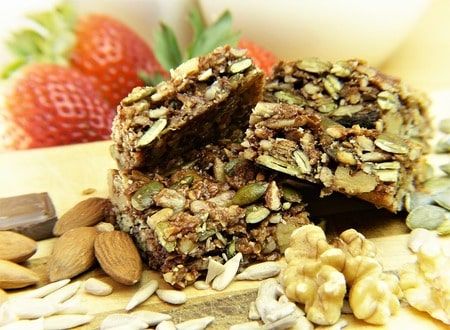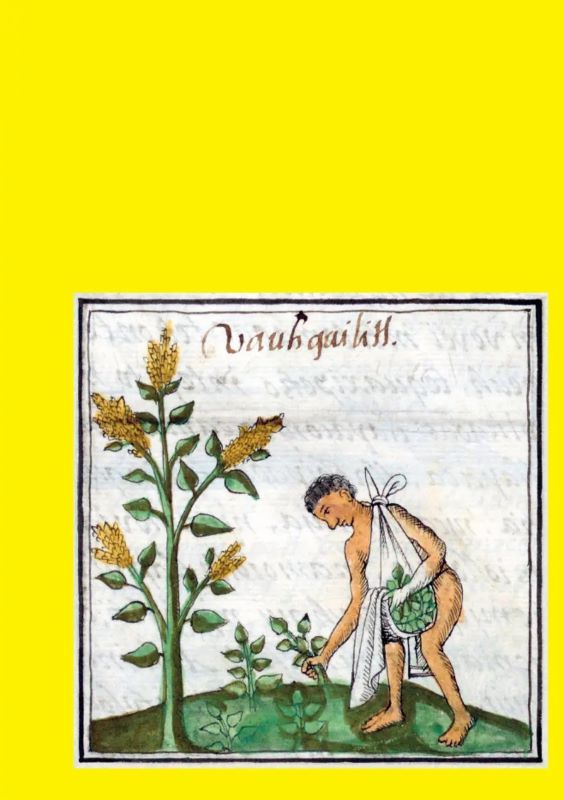Amaranth: The Ancient Grain with Modern Benefits
Discover the history, nutritional benefits, and modern uses of amaranth, the ancient grain that has been a staple food in the Mexican diet for thousands of years. Explore its potential as a solution to world hunger and learn how to incorporate this superfood into your diet.

Amaranth is an ancient grain that has been a staple food in the Mexican diet for thousands of years. It has a rich history and cultural significance as it was considered the food of the gods by the Aztecs, and its ritual use was an essential part of indigenous religious practices.
In recent years, amaranth has been rediscovered for its enormous nutritional value, and its potential as a solution to world hunger has been proposed. In this article, we will explore the history, nutritional benefits, and modern uses of amaranth.
History of Amaranth
Amaranth has been cultivated and consumed by indigenous people in Mexico and other parts of Central and South America for over 8,000 years. The Aztecs considered it a sacred crop and used it in religious rituals. They also incorporated it into their daily diet, using it to make porridge, bread, and a sweet treat called "alegrías," which is still popular in Mexico today.
When the Spanish conquistadors arrived in Mexico in the 16th century, they viewed the use of amaranth in religious ceremonies as a threat to Christianity and attempted to suppress its cultivation. Despite their efforts, amaranth continued to grow wild and was still used in traditional foods.

Nutritional Benefits of Amaranth
Amaranth is considered a superfood due to its high nutritional value. It is an excellent source of protein, containing all the essential amino acids, making it a complete protein source. It is also rich in fiber, iron, magnesium, calcium, and potassium.
Amaranth is particularly beneficial for individuals with celiac disease or gluten sensitivity as it is naturally gluten-free. It is also low in fat and calories, making it an excellent choice for weight management.
Modern Uses of Amaranth
In recent years, amaranth has gained popularity in the health food industry as a nutritious alternative to traditional grains such as wheat and rice. It can be used in a variety of dishes, including porridge, salads, and baked goods. It has a nutty flavor and a slightly chewy texture that makes it a versatile ingredient in both sweet and savory dishes.
Amaranth flour is also available and can be used as a gluten-free substitute for wheat flour in baking. It is an excellent choice for individuals with celiac disease or gluten sensitivity.
Potential as a Solution to World Hunger
Amaranth has been proposed as a potential solution to world hunger due to its high nutritional value and ability to grow in adverse conditions. It can grow in poor soil and is drought-resistant, making it an ideal crop for areas with limited resources.
In addition, amaranth is a highly sustainable crop as it requires minimal water and fertilizer. Its small size also means that it can be grown in small spaces, making it an excellent choice for urban agriculture.
Conclusion
Amaranth is an ancient grain with a rich history and cultural significance. It has enormous nutritional value and is an excellent source of protein, fiber, and essential nutrients. Its ability to grow in adverse conditions and its sustainability make it a potential solution to world hunger. Amaranth is a versatile ingredient that can be used in a variety of dishes and is an excellent alternative to traditional grains for individuals with celiac disease or gluten sensitivity.




